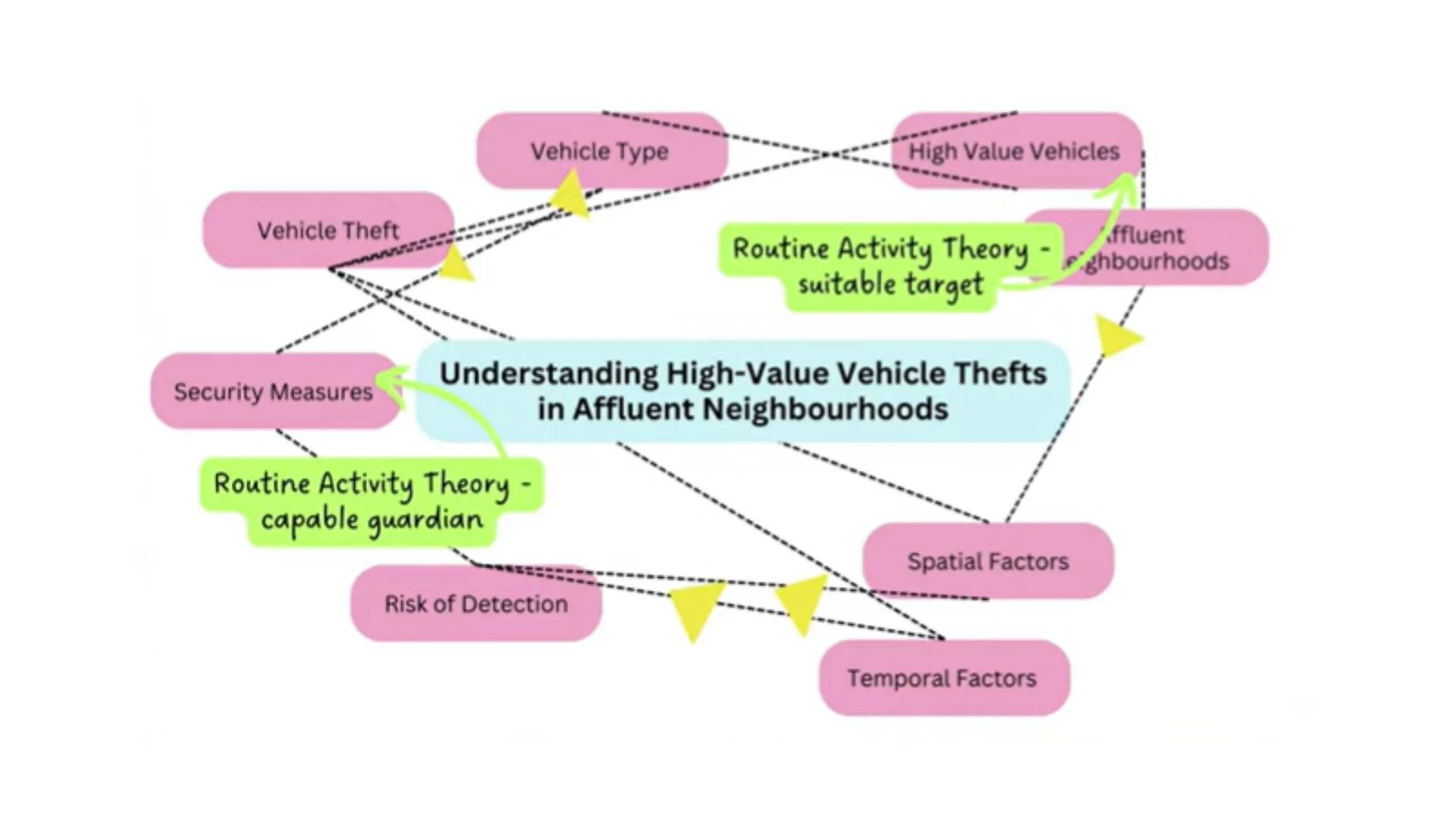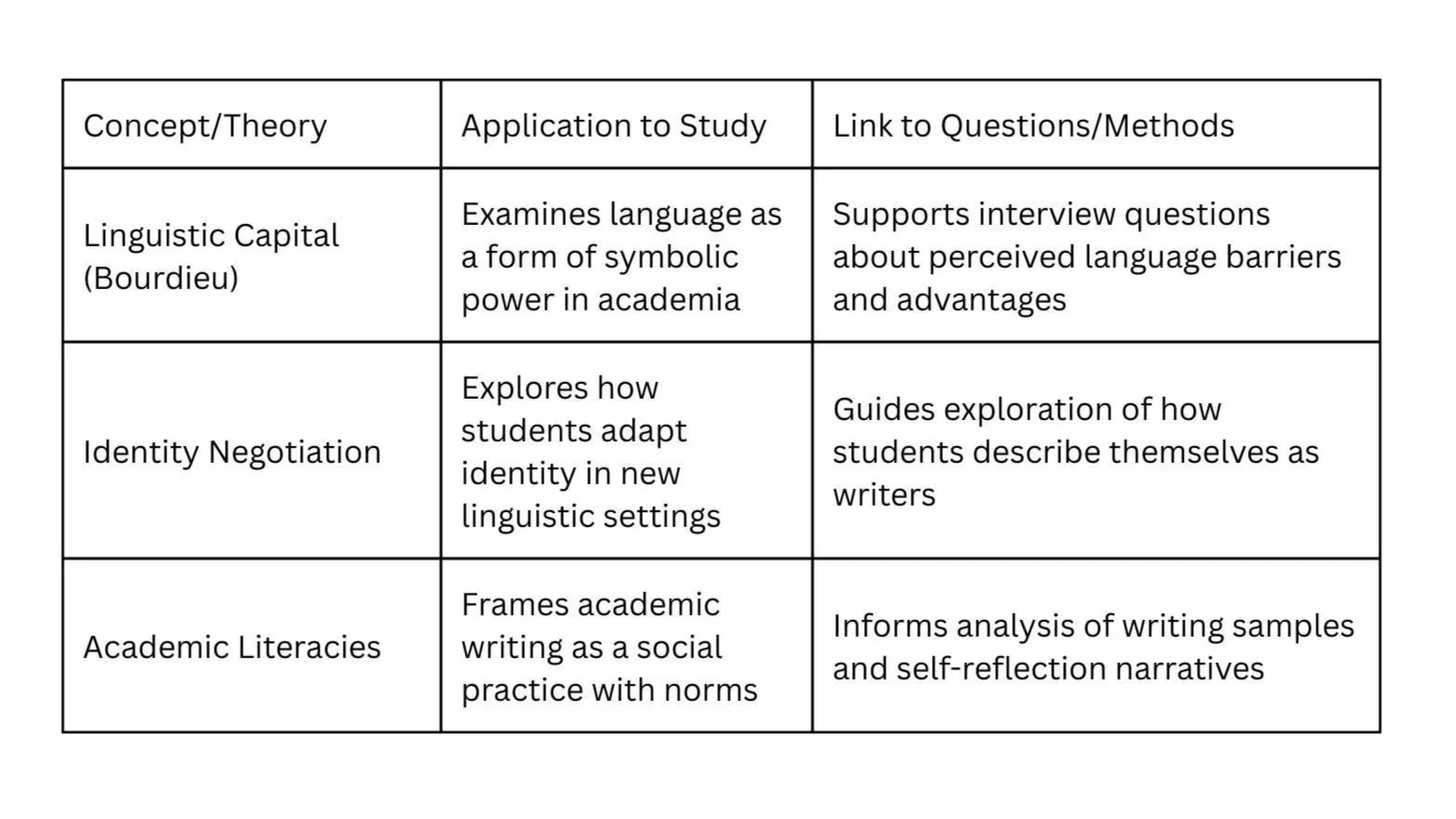Conceptual frameworks in qualitative research
Do you really need a conceptual framework in qualitative research?
If you’re doing qualitative research and you’ve ever asked yourself:
“Do I actually need a conceptual framework?”
“Aren’t those just for big quantitative studies with loads of variables and diagrams?”
“What even is a conceptual framework?!”
…you’re not alone.
I can’t tell you how many PhD students I’ve worked with who feel completely left out of the “frameworks” conversation. Like everyone else has one (and somehow knows exactly what they’re doing with it), and you’re just… floating.
But here’s the truth: conceptual frameworks aren’t just for stats-heavy, variable-packed studies. They’re just as important - and often even more helpful - in qualitative research. Especially when you’re dealing with messy, nuanced, human stuff like experiences, beliefs, and emotions.
So if you’ve been wondering whether to include a conceptual framework in your study, my short answer is: yes, you can - and you probably should.
What is a conceptual framework?
First things first… what is a conceptual framework?
Let’s keep it simple: a conceptual framework is your research roadmap.
Imagine planning a trip to a new country. Would you just head off with no map, no GPS, and no idea where you're going? Probably not. You’d want to know the key places to visit, how they connect, and the best route to take.
That’s exactly what your conceptual framework does - it maps out the big ideas, the key concepts, and how they connect to help you make sense of your research topic.
In qualitative research, your framework is often shaped by:
Your paradigm and philosophical stance (aka, how you see the world)
What the literature says about your topic
The key concepts and theories that help you interpret your data
But isn’t qualitative research supposed to be all open and flexible?
Yes… and no.
I get it. Qualitative research often gets talked about like it’s all about “staying open” and not boxing yourself in. But here’s the thing: a conceptual framework doesn’t trap you—it grounds you.
Here’s why having one is actually really helpful:
It gives you clarity about what to focus on
It helps you explain your study to others (and to yourself!)
It shows your work is connected to existing research
It keeps your research questions, methods, and analysis aligned
It stops you from going off on a million tangents (we’ve all been there…)
Building a conceptual framework - how to do it
So how do you actually build one?
This is where most people get stuck. They know they need a conceptual framework… but how on earth do you put one together?
Don’t worry—I’ve got you. Here’s a simple 5-step process:
Step 1: Start with your research questions
What are you trying to find out? That’s your starting point.
Examples:
How do remote workers experience work-life balance?
What helps people rebuild their lives after a breakup?
How do international students navigate feelings of belonging?
If you don’t have solid research questions yet (don’t panic, lots of people don’t), I’ve got a blog to help you with that too - check it out here.
Step 2: Do a targeted literature review
Look for concepts, theories, or models that relate to your topic. You’re not writing an entire lit review here - just digging into the stuff that helps you explain your topic.
Example: researching teamwork? You might look at things like Tuckman’s Group Development Model, Belbin’s Team Roles, the concept of psychological safety.
Step 3: Choose your key concepts
From the literature, choose the big ideas that will help you interpret your findings.
If you’re exploring academic writing experiences of international students, your key concepts might be linguistic capital (Bourdieu), identity negotiation, academic literacies.
Step 4: Show how they connect
How do your chosen concepts fit together? What role does each one play in helping you understand your topic?
You might say something like:
This research draws on Social Identity Theory to explore team belonging, Tuckman’s Model to examine group development, and Psychological Safety to understand how team members contribute.
Each theory adds a piece to the puzzle. You’re not just throwing them in because they sound smart—you’re using them to make sense of what you’re studying.
Step 5: Explain why you chose them
This is where you show you’ve thought things through.
Examples:
Social Identity Theory is useful because it helps explain how belonging impacts motivation.
Tuckman’s Model is relevant as it explains typical team development stages.
Belbin’s Roles help understand the dynamics of team contribution.
This matters because your conceptual framework isn’t just a tick-box exercise. It’s a chance to show your reader that you’ve made deliberate, informed choices—and that your research has a solid foundation.
What does a conceptual framework look like?
There’s no single “correct” way to present your framework. Here are a few common options:
Diagram – Boxes and arrows showing how your concepts link together, for example:
Example of conceptual framework diagram
Narrative – A clear paragraph or two describing the relationships
Table – One column for each concept, another for how it fits your study, for example:
Example of a conceptual framework table
There’s no need to overcomplicate this—go with whatever feels most natural to you.
Conceptual frameworks don’t need to be scary. They’re not reserved for quantitative researchers or people who love drawing diagrams. If you’re doing qualitative research, a conceptual framework can help you feel more confident, focused, and in control of your study.
And who doesn’t want that?!
If you want to dive deeper into the theory side of things, go check out my Beginner’s Guide to Paradigms. I promise it’s not as scary as it sounds.
See you in there!

